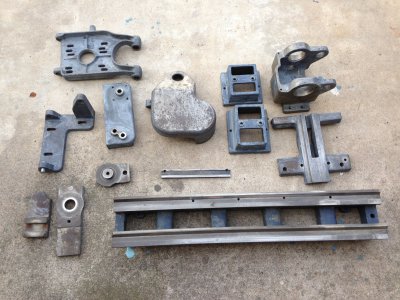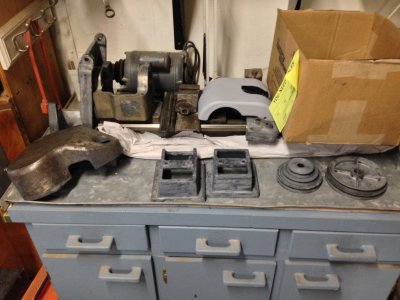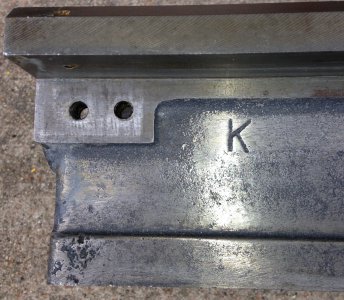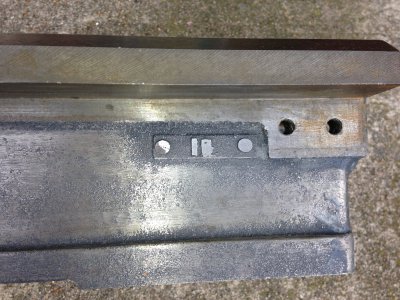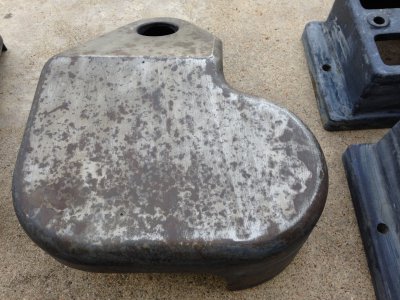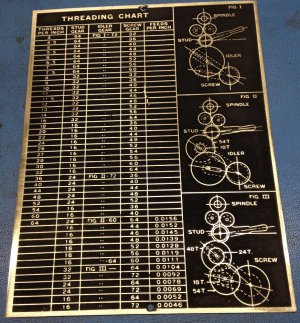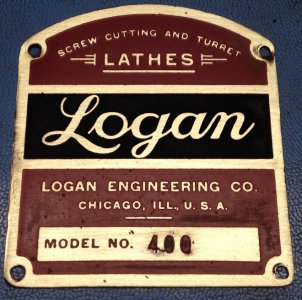- Joined
- Dec 22, 2011
- Messages
- 715
mjhenks,
Thanks for the kind words. It does take quite a bit of tedious work to bring these old machines back to life, but it's rewarding. Every time you look at it you will remember what it USED to look like and all the work you put into it.
I can't confirm the paint 100% but when I was researching it the info I found indicated it was the SW Baby Seal BLACK.
The wipers are wool felt. I bought mine from Mick Finch at Blue Chip Machine Shop - he's a good guy. He sells a small sheet of the good stuff and it's just a matter of cutting something close to the shape of your wiper covers with a razor blade or xacto knife. The old ones probably look like leather because they're saturated with old, hardened oil and yuck. Here's a link to Mick's site: http://bluechipmachineshop.com/bc_blog/welcome-to-bcms/felt-wiper-pad/
He also sells small bottle of the correct Mobile Vactra and Velocite oils you will need.
I want to say that the compound nut has left hand threads, but don't remember for certain.
Hope that helps.
Steve
Thanks for the kind words. It does take quite a bit of tedious work to bring these old machines back to life, but it's rewarding. Every time you look at it you will remember what it USED to look like and all the work you put into it.
I can't confirm the paint 100% but when I was researching it the info I found indicated it was the SW Baby Seal BLACK.
The wipers are wool felt. I bought mine from Mick Finch at Blue Chip Machine Shop - he's a good guy. He sells a small sheet of the good stuff and it's just a matter of cutting something close to the shape of your wiper covers with a razor blade or xacto knife. The old ones probably look like leather because they're saturated with old, hardened oil and yuck. Here's a link to Mick's site: http://bluechipmachineshop.com/bc_blog/welcome-to-bcms/felt-wiper-pad/
He also sells small bottle of the correct Mobile Vactra and Velocite oils you will need.
I want to say that the compound nut has left hand threads, but don't remember for certain.
Hope that helps.
Steve


